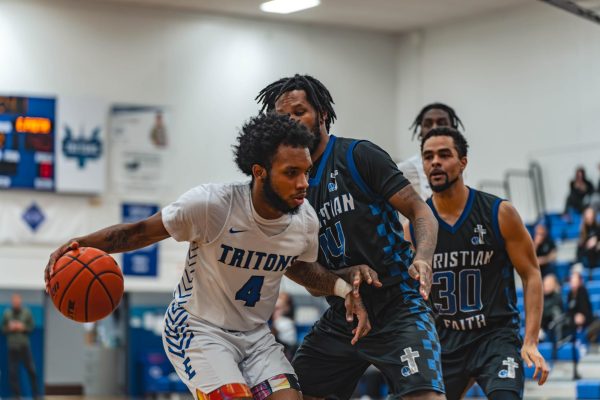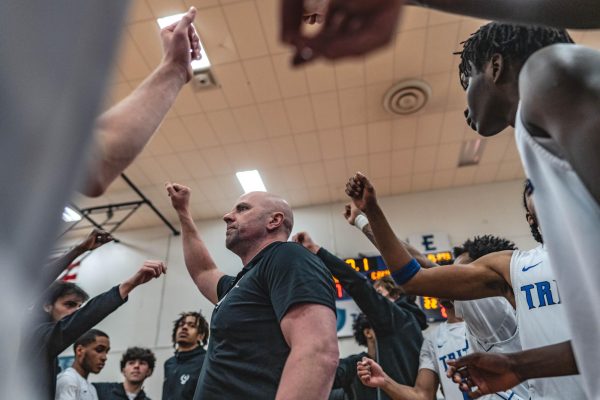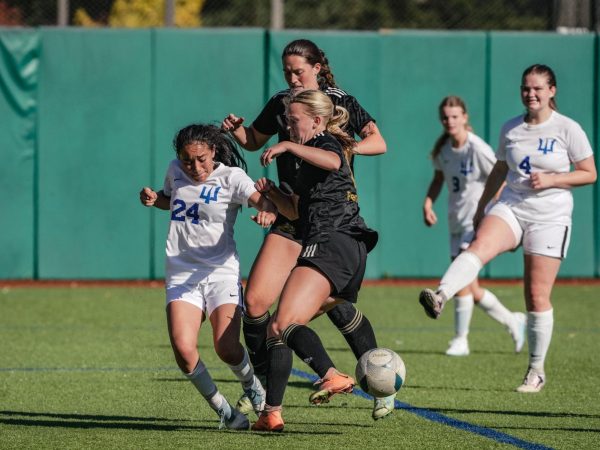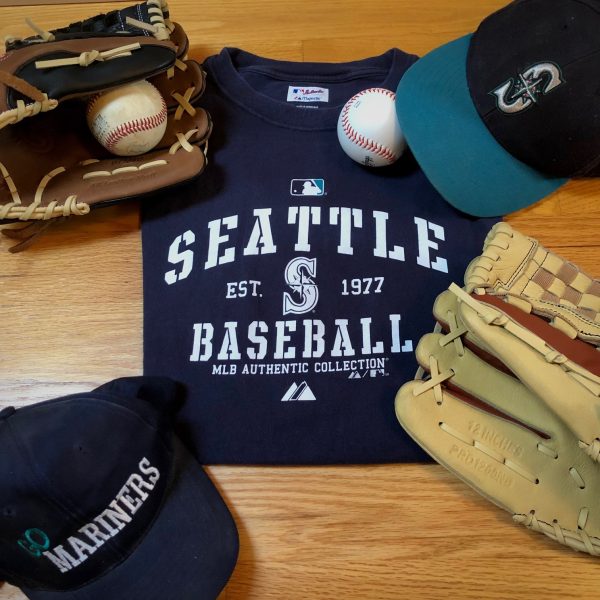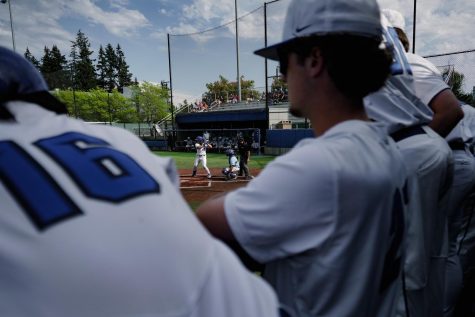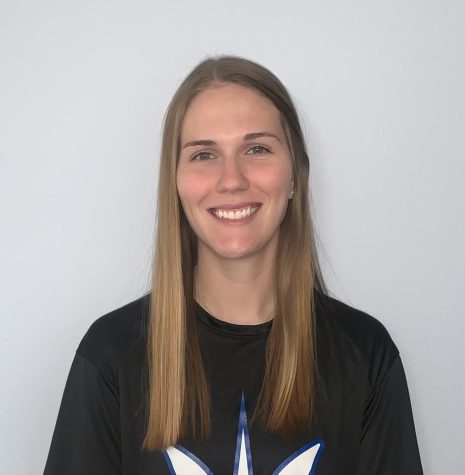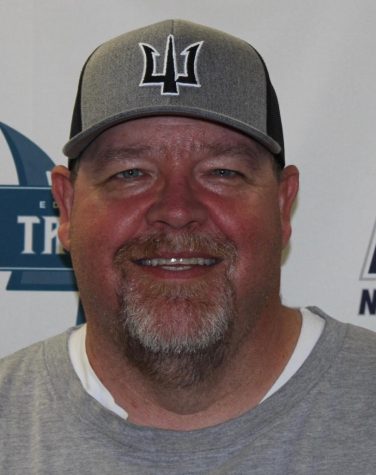Baseball Continues To Walk a “Colored Line”
If one were to ask any American to name the first baseball player that comes to mind, there’s a good chance that they will think of Jackie Robinson. Because of his talent and determination to play the sport he loved in the face of adversity, as a black man, he continues to be the face of baseball. Over seventy years ago Jackie Robinson broke the color barrier in Major League Baseball, but the lack of diversity in baseball is still present today.
Edmonds Community College reports that 40 percent of the enrolled students are people of color, this fact is very prominent within our athletic programs. Some of our teams include students from all over the world, and the women’s softball team has more women of color than caucasian students.
When comparing all of the teams, the one that stands out the most is the one with the least diversity: men’s baseball. However, EdCC is not an outlier in this situation. Other colleges in the area, such as Everett and Shoreline, also seem to have less racial diversity on their baseball teams as well.
While most teams have students from all over the country, and sometimes the world, the vast majority of the baseball team is from Washington. Of the approximately 30 team members on the 2019 roster, only three have said that their hometowns are outside of Washington. Of the three, one hails from Japan, one is from Hawaii, and the last is from Idaho. While it might not matter where we get our talent from, it is important to consider the implications of having such little racial diversity on one of our teams.
“Our coaches go and we recruit a lot of the local high schools and the summer ball programs,” said head coach Scott Kelly. ”It’s the community college, right? Y’know, we’re trying to stay within our community.”
The Institute of Diversity and Ethics and Sports (TIDES) reported in 2018 that 42.53 percent of Major League Baseball players are people of color, which is on-par with our overall student population. Race is a complicated social construct and, especially as a white person, I cannot assume the races of an entire team just by looking at a photo. However, racial diversity is essentially the only form of diversity we can actually see, and we are seeing little of it with the baseball team. It is hard to deny when looking at the team photos over the years that the team consistently is comprised of fair skinned people, and the team is nowhere near having the same amount of representation as seen in the major leagues.
“It’s…an expensive sport…there’s other sports that are a lot cheaper and more accessible,” Kelly cites socioeconomic reasons as to why fewer people of color join the baseball team. “Summer baseball is pretty expensive when you consider all the trainings…I think it’s unfortunately geared towards… a different demographic.”
Kelly believes that Washington’s baseball scene is rising, which is due to indoor baseball facilities popping up all over our communities. Before, people had to either practice in the rain or resolve to only play in the summer. Base by Pros Academy, a facility in the area that rents batting cages, charges $45 to rent a cage for an hour. At that rate, it’s going to cost someone almost $200 to practice once a week over the course of a month. Many people of color are already at an economic disadvantage, and their families almost certainly would prioritize being able to feed their family over playing baseball
Babe Ruth once said that “yesterday’s home runs don’t win today’s games.” His milestone’s mean nothing if we do not continue to actively strive for a society with equal representation, not just in America’s favorite pastime, but all facets of society. While baseball is no longer segregated, the ongoing lack of racial diversity in college baseball in our area is an ongoing symptom of the greater racial issue that our society continues to be plagued with.

